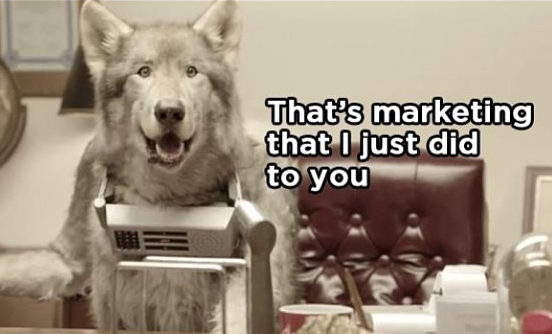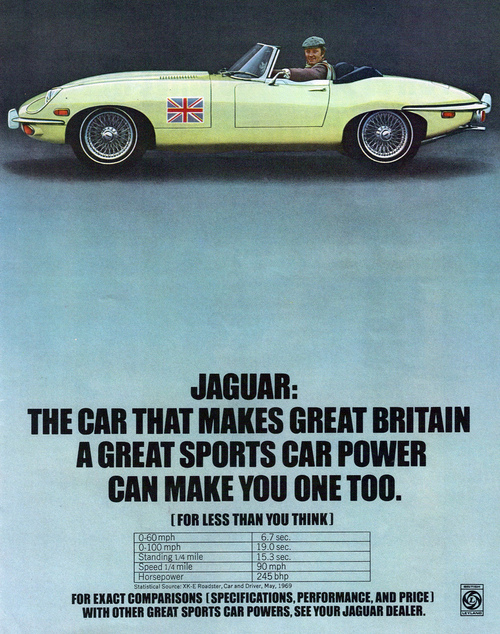We are experiencing a fundamental shift in the way consumers perceive brands and products. With the proliferation of Web and mobile, your challenge of selling products could not be greater.
The Golden Age
By watching episodes of Mad Men, you can get a glimpse into the golden age of marketing. This was when brands could sell products with a clever tagline on a radio commercial, TV spot or print ad. Everyone was reading the paper and families gathered around the TV every evening. Back then, media buyers had the easiest job in the world. Their primary responsibility was to get on the phone, buy TV spots and negotiate ad placements. The creatives would come up with a catchy tagline while the art department sketched some visuals to sell the client on the concept. Life was much simpler and consumers were easily swayed.
Then again, some things never change. The fundamentals of marketing still hold true. Some argue that marketing actually began with cavemen drawing symbols and pictures on rock walls. Selling has been around for thousands of years. Civilizations from every era have relied on creating commerce through the trade of products that offer a unique value proposition. The one constant is the art of storytelling. This element has always been key in the cultural perception of good products and bad products.
Consumers Don’t Trust Your Brand Anymore
The Don Draper era is over. We are experiencing a fundamental shift in the way consumers perceive brands and products. With the proliferation of Web and mobile, the challenge of selling products could not be greater. This challenge arises due to the landscape of digital media. Where can you make your brand message heard? The first step is adopting channels such as social media and using targeted strategies for search engines. This is only part of the equation. All your competitors are also using these platforms. Therefore consumers are not obligated to trust you just because you have a great product. Their choices are vast and their attention is slim.
On the bright side, there is still the art of storytelling. Digital media presents opportunities that never existed before for brands. Think about the term ‘viral.’

When we think about how messages would spread before technology, it was all through word-of-mouth. The Web creates an environment for stories and content to spread like wildfire. Is your content good enough?
Your Brand Will Live or Die Depending on Content
What does good content really mean in the scope of brand marketing? There are billions of webpages and pieces of content out there. Not everything goes viral. In order to understand this question, you must first understand how people consume content. We all use a computer, most of us have smart phones and we are active users on social media platforms. Digital objects such as videos and images are shared rapidly via social media. Written content such as this blog post is shared and found on search engines. Most people also receive content via e-mail. These are all channels that give creative ideas more exposure.

The average American is exposed to hundreds of marketing messages a day. This could be as simple as a logo or a banner ad. For the most part, people tune out the noise of advertising. This creates the necessity for a brand message that is memorable. How do you do create memorable? Engaging content is the solution. It sounds odd but content markets your brand without consumers realizing they’re being marketed to. Great content is relatable to your target consumer and solves a problem. It creates an emotional connection to your brand. This may come in the form of humor from a tweet or a video that helps solve a problem. At the end of the day, it’s all about positive awareness. If your brand is providing value through content, you will be rewarded. Search engines will help expose your content. Social media sites will spread your message. Most importantly, consumers will trust you.
How are you marketing your brand with content?


